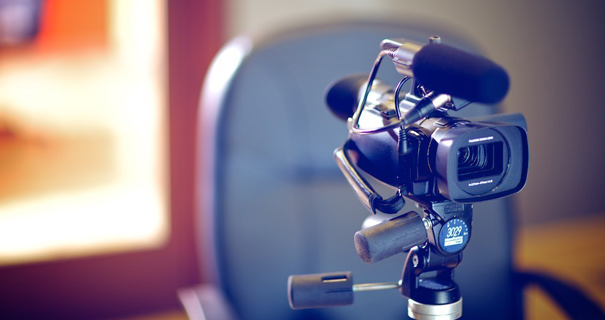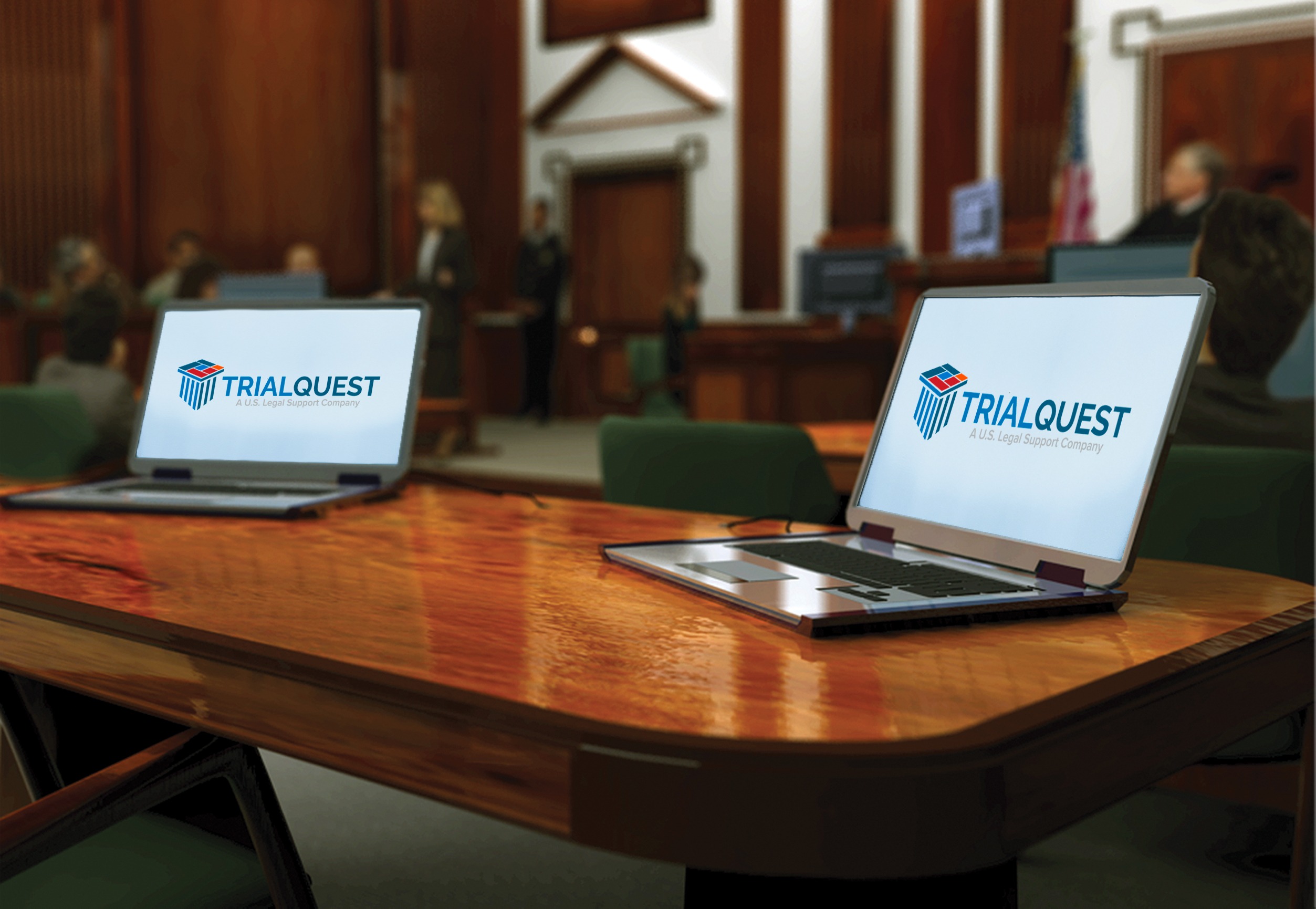How Reliable Test Presentations Can Win Your Case
The performance of trial discussions is typically underestimated, yet they play a crucial function fit juror assumptions and influencing instance results. By understanding the target market and crafting a narrative that reverberates on both intellectual and emotional degrees, attorneys can significantly boost their convincing power. Furthermore, the critical use of visuals and refined delivery strategies can raise the quality of complicated details. As we explore the parts that add to a compelling test discussion, the question stays: what details techniques can lawyers employ to ensure their message not just reverberates but also forces activity?

Recognizing Your Audience
Recognizing your audience is crucial for providing an effective trial discussion. Knowing who will certainly exist in the courtroom-- jurors, courts, and opposing guidance-- enables you to tailor your message in a method that reverberates with them. Each group has unique assumptions, biases, and backgrounds, which can dramatically influence their understanding of the situation.
For jurors, it is vital to take into consideration demographics, life experiences, and cognitive predispositions. Jurors may originate from various professions and social backgrounds, affecting their interpretation of evidence and disagreements. Engaging with them with relatable examples and clear, simple language can promote much better understanding and compassion.
Juries, on the other hand, concentrate on lawful standards and step-by-step integrity. Presentations must be concise and grounded in the law while valuing court decorum. Comprehending the judge's preferences and past judgments can better boost your strategy.
Reliable interaction pivots on acknowledging these differences and readjusting your discussion design appropriately (trial presentations). By anticipating the audience's responses and addressing their problems, you can develop a much more convincing narrative that astounds focus and promotes beneficial end results
Crafting an Engaging Narrative
A well-crafted story works as the backbone of a reliable test discussion, leading the audience through intricate details while evoking psychological actions. This story must begin with a clear and interesting introduction that sets the phase, outlining the vital styles and issues at risk. Establishing a relatable lead character-- usually the customer-- can develop a personal link with the jury, attracting them into the tale.
The body of the narrative should provide the facts in a logical series, weaving with each other evidence and testament to construct a cohesive argument. Each piece of information need to support the overarching theme, enhancing the preferred message without frustrating the target market with unnecessary information. Transition expressions can be especially powerful, assisting to maintain circulation and keep the court engaged.
Inevitably, the conclusion needs to resonate psychologically, summarizing the situation's value and advising the court to act via their verdict. By crafting a compelling story that is both organized and emotionally resonant, lawyers can successfully share their case's values, making it easier for jurors to comprehend and bear in mind the bottom lines long after the trial wraps up. This technique not just informs but likewise persuades, boosting the chance of a desirable end result.
Making Use Of Visual Aids Properly

Aesthetic help play a crucial role in enhancing trial presentations, changing complicated information into easily Clicking Here accessible info that jurors can quickly comprehend. By using graphes, charts, representations, and multimedia aspects, attorneys can clear up elaborate points and why not check here maintain jurors' focus. Aesthetic aids help with the understanding of evidence, making abstract concepts substantial and relatable.
When picking aesthetic help, significance and simplicity are vital. Each visual ought to directly sustain the instance story and strengthen essential arguments without overwhelming the visitor. Extremely intricate visuals can take away from the message, triggering confusion instead of quality.
In addition, the calculated placement of visual help during presentations is crucial. They need to be introduced at turning points to emphasize vital proof or to highlight considerable changes or fads. This timing enables jurors to process info successfully, improving retention and recall throughout considerations.
In addition, it is vital to ensure that visual aids are technologically suitable with the court room atmosphere. Familiarity with the tools and a backup strategy can avoid technical problems that might interfere with the flow of the discussion. In recap, efficient use visual help can substantially bolster a trial discussion, resulting in a more powerful link with the jury and a much more persuasive situation overall.
Engaging Feeling and Compassion
While offering factual proof is essential, appealing feeling and compassion in trial presentations can greatly influence jurors' understandings and choices. Jurors are not simply decision-makers; they are human beings who react to stories that resonate on a personal degree. By weaving psychological components into the presentation, attorneys can develop a connection that transcends simple stats and lawful lingo.
Narration is a powerful device in this context. By providing the situation as a story that highlights the human influence of the occasions concerned, attorneys can evoke feelings of empathy, rage, or perhaps are afraid - trial presentations. These feelings more tips here can substantially guide jurors, making them a lot more most likely to feel sorry for the complainant or defendant

Inevitably, a trial presentation that successfully involves emotion and empathy can create a compelling debate that reverberates deeply, leading jurors to feel a personal stake in the event, thereby enhancing the opportunities of a favorable decision.
Exercising Distribution Strategies
Involving emotion and empathy lays a strong foundation for test discussions, yet the performance of these elements depends upon the delivery methods utilized by the lawyer. Grasping shipment strategies is crucial for ensuring that the message resonates with the jury. This involves practicing tone, pace, and body language to enhance integrity and link with the target market.
Practicing the presentation multiple times permits lawyers to fine-tune their design and recognize areas for renovation. Recording practice sessions can offer beneficial insights into one's nonverbal cues and singing inflections, aiding to remove disruptive routines. Furthermore, soliciting comments from peers can highlight staminas and weaknesses, guiding more improvement.
Efficient use pauses can additionally be an effective strategy; they enable the jury to soak up crucial information and enhance psychological effect. Attorneys must additionally be mindful of eye get in touch with, as it promotes trust fund and interaction with jurors.
Ultimately, the mix of exercised delivery strategies and the psychological resonance of the presentation can substantially influence the jury's understanding, developing a compelling case that attracts attention in their minds. The power of well-executed distribution can not be overemphasized in the pursuit of a favorable judgment.
Final Thought
In summary, efficient trial presentations are pivotal in affecting juror decisions. Grasping distribution techniques even more magnifies these components, ultimately contributing to an influential instance discussion.